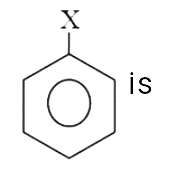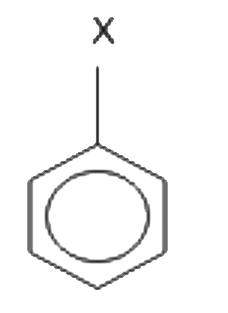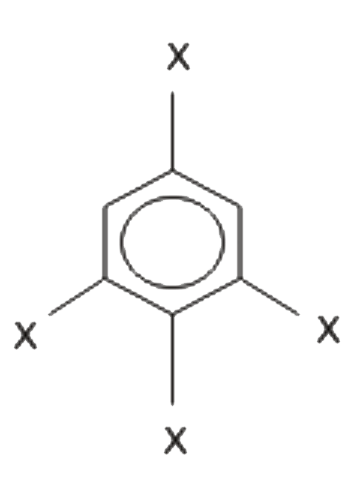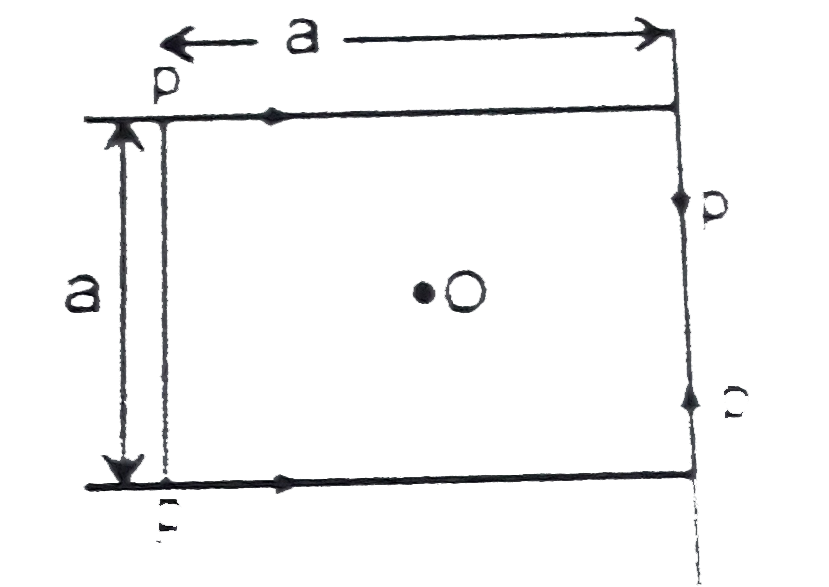The dipole moment is minimum in
a. NH3
b. NF3
c. SO2
d. BF3
To determine which molecule has the minimum dipole moment, we will analyze the given options step by step.
Step 1: Understand Dipole Moment
The dipole moment (μ) is a measure of the separation of positive and negative charges in a molecule. It is influenced by the shape of the molecule and the electronegativity of the atoms involved. A symmetrical molecule with identical surrounding atoms typically has a dipole moment of zero.
Step 2: Analyze Each Option
Option A: NH3 (Ammonia)
- Hybridization: sp³
- Geometry: Trigonal pyramidal
- The presence of a lone pair on nitrogen causes an asymmetrical distribution of charge, resulting in a dipole moment.
- Dipole moment (μ) ≈ 1.47 D (not zero).
Option B: NF3 (Nitrogen Trifluoride)
- Hybridization: sp³
- Geometry: Trigonal pyramidal
- Similar to NH3, NF3 has a lone pair on nitrogen. However, the electronegativity of fluorine pulls electron density towards itself, but the overall dipole moment is less than NH3.
- Dipole moment (μ) ≈ 0.47 D (not zero).
Option C: SO2 (Sulfur Dioxide)
- Hybridization: sp²
- Geometry: Bent (due to lone pairs)
- The molecule has a bent shape due to the presence of lone pairs on sulfur, leading to a non-zero dipole moment.
- Dipole moment (μ) is also not zero.
Option D: BF3 (Boron Trifluoride)
- Hybridization: sp²
- Geometry: Trigonal planar
- The molecule is symmetrical with three fluorine atoms surrounding a boron atom. The dipole moments of the B-F bonds cancel each other out.
- Dipole moment (μ) = 0 D.
Step 3: Conclusion
Among the given options, BF3 has the minimum dipole moment, which is zero.
Final Answer
The dipole moment is minimum in Option D: BF3.
---
The dipole moment (μ) is a measure of the separation of positive and negative charges in a molecule. It is influenced by the shape of the molecule and the electronegativity of the atoms involved. A symmetrical molecule with identical surrounding atoms typically has a dipole moment of zero.
- Hybridization: sp³
- Geometry: Trigonal pyramidal
- The presence of a lone pair on nitrogen causes an asymmetrical distribution of charge, resulting in a dipole moment.
- Dipole moment (μ) ≈ 1.47 D (not zero).
- Hybridization: sp³
- Geometry: Trigonal pyramidal
- Similar to NH3, NF3 has a lone pair on nitrogen. However, the electronegativity of fluorine pulls electron density towards itself, but the overall dipole moment is less than NH3.
- Dipole moment (μ) ≈ 0.47 D (not zero).
- Hybridization: sp²
- Geometry: Bent (due to lone pairs)
- The molecule has a bent shape due to the presence of lone pairs on sulfur, leading to a non-zero dipole moment.
- Dipole moment (μ) is also not zero.
- Hybridization: sp²
- Geometry: Trigonal planar
- The molecule is symmetrical with three fluorine atoms surrounding a boron atom. The dipole moments of the B-F bonds cancel each other out.
- Dipole moment (μ) = 0 D.
Among the given options, BF3 has the minimum dipole moment, which is zero.
The dipole moment is minimum in Option D: BF3.
Similar Questions
Zero dipole moment is present in
View SolutionThe dipole moment of
 is 1.5 D.
is 1.5 D.
The dipole moment of is
is
View SolutionThe dipole moment of
 is 1.5 D.
is 1.5 D.
The dipole Moment of
in Debye is ___
View SolutionFour short dipoles each of dipole moment 'p' are placed at the vertices of a square of side a. The direction of the dipole moments are shown in the figure.

View SolutionThe dipole moment is the highest for
View SolutionThe dipole moment is zero for the compound
View SolutionThe dipole moments of the given molecules are such that :
View SolutionDipole moment is shown by
View SolutionAn electric dipole is kept on the axis of a uniformly charged ring at distance from the centre of the ring. The direction of the dipole moment is along the axis. The dipole moment is p, charge of the ring is Q & radius of the ring is R. The force on the dipole is
View SolutionThe fluoride for which the dipole moment is not equal to zero, is :
View Solution